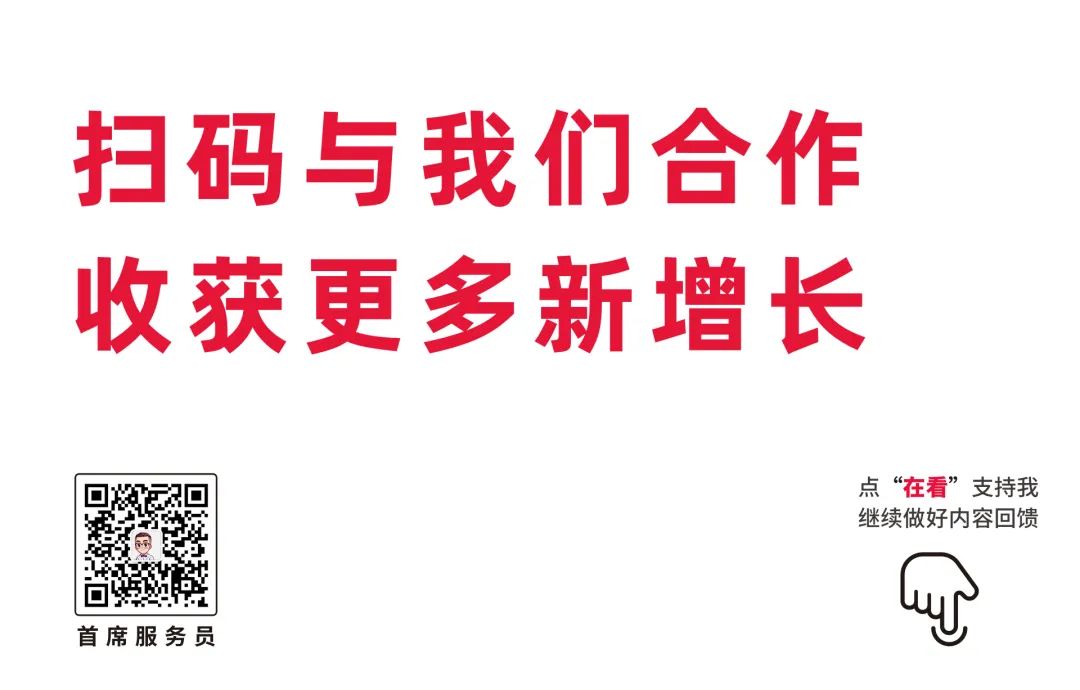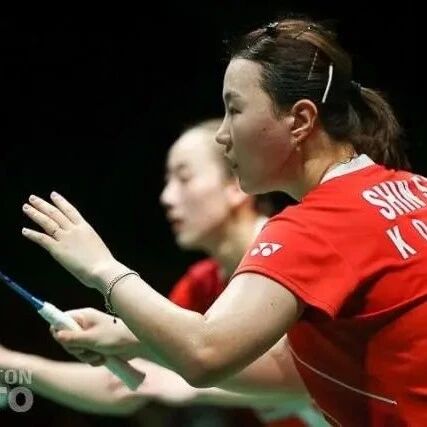Using a backcourt drop shot during defense is a crucial technique for neutralizing smashes!
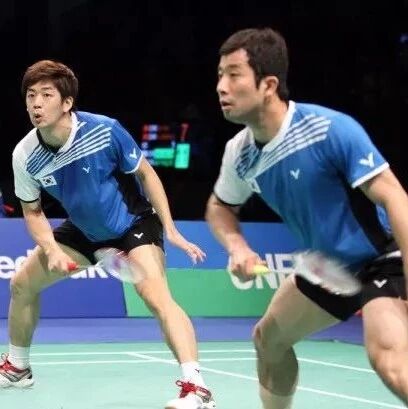
In amateur doubles, offense doesn’t necessarily give you the upper hand, and defense doesn’t mean you can’t score! Compared to offense, defense is more practical for amateur players for two main reasons: first, defensive skills place lower demands on individual ability; and second, amateur players often struggle with sustained offensive rallies from the backcourt, making it much easier to capitalize on opponents’ mistakes during just one or two defensive exchanges.
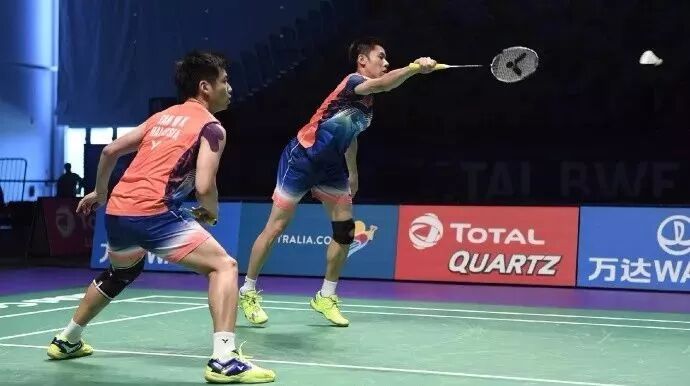
So, in defense, we all know that receiving and blocking at the net is a common tactic for launching counterattacks. However, if the height of your block isn’t properly controlled, it’s easy for your opponent to shut you down completely. Still, there’s another effective approach you can use on defense: receiving and driving the kill shot deep into the backcourt.
Using a drop shot to clear the backcourt offers three benefits:
① Amateur players often struggle with backcourt attacks, especially when a weak opponent from the backcourt is moved there—take decisive advantage by aggressively hitting deep to dominate the backcourt.
② Amateur players often lack the ability to sustain continuous attacks from the backcourt; consistently returning to the backcourt can significantly increase their opponents' error rate during offensive plays.
③ When playing from the backcourt, moving left and right effectively drains your opponent's energy, which also increases their error rate.
So, is this how you learn to clear the backcourt?
When playing doubles defense, prioritize the backhand as your main shot, with the forehand serving as a supporting tool. By effectively using the backhand to drive deep into the backcourt and the forehand to whip shots toward the same area, you can generate enough power to push the ball firmly into the backcourt. Otherwise, your shots may lack sufficient force, making it difficult to land them accurately where needed.
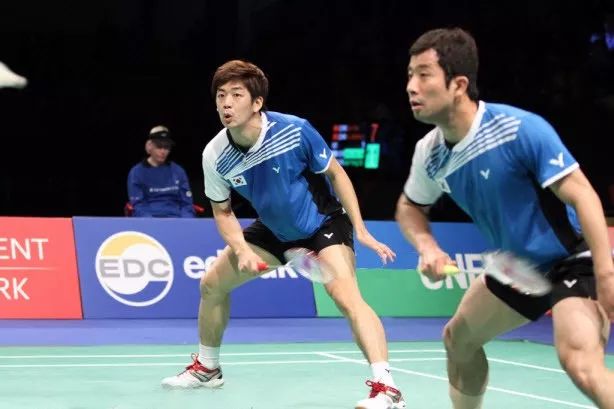
Top
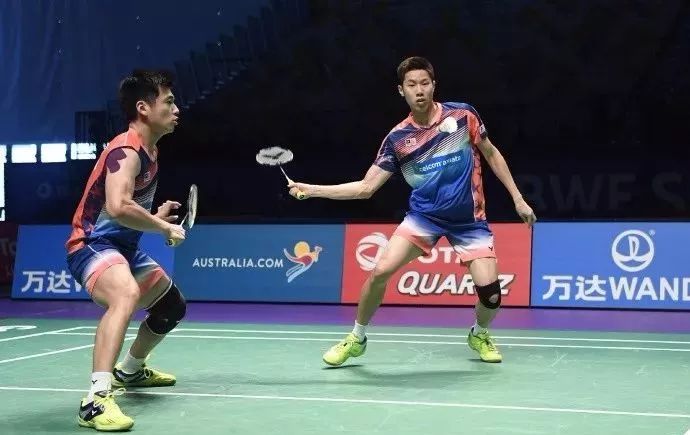
Draw
Hit a backhand drop shot to the backcourt, focusing on generating power with your backhand grip—positioning your thumb firmly on the wide surface of the racket—and coordinating your wrist and forearm movements when meeting the shuttlecock, lifting and pulling the shot upward.
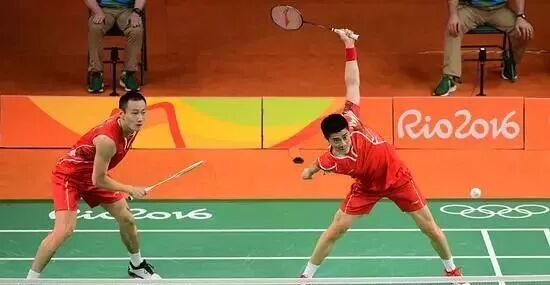
Especially when hitting a follow-through shot, make sure the racket follows the direction of the swing.
The backhand technique for defending against smashes covers a remarkably wide area—encompassing not only the entire backhand side but also allowing players to effectively use their backhand on close-range shots from the forehand side. This approach can be summarized as "backhand hitting with the forehand"—a phrase that subtly conveys its essence: using the backhand grip to strike balls positioned in the forehand zone.
Compared to the "forehand-to-forehand, backhand-to-backhand" approach, this hitting technique not only provides a larger defensive area but also enhances the fluidity of defense by eliminating the need to switch between forehand and backhand grips, allowing for more fully prepared counterattacks.
Mid-court backhand shot
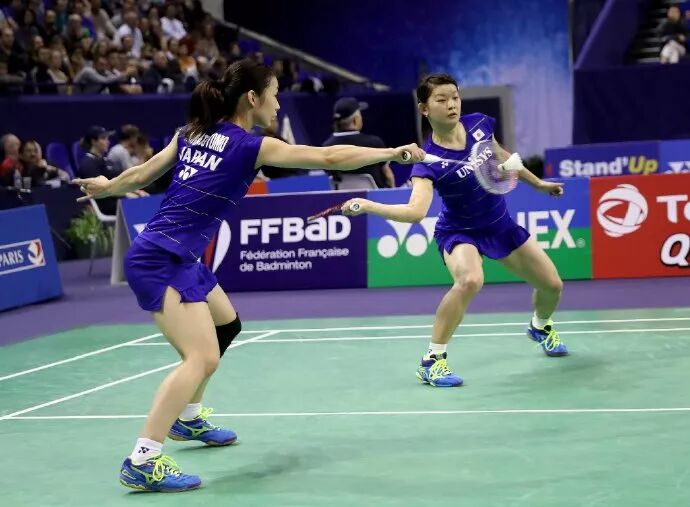
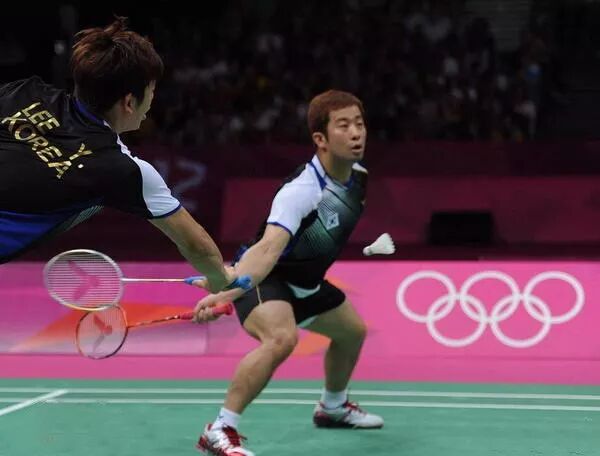
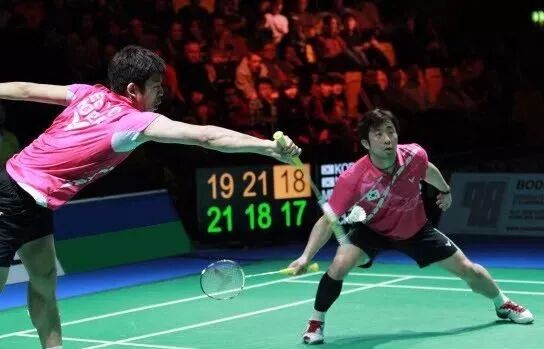
Follow-through pitch
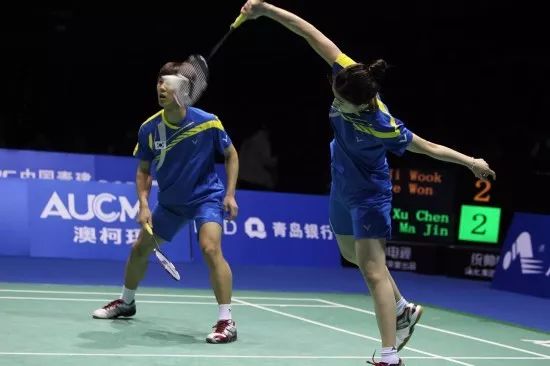
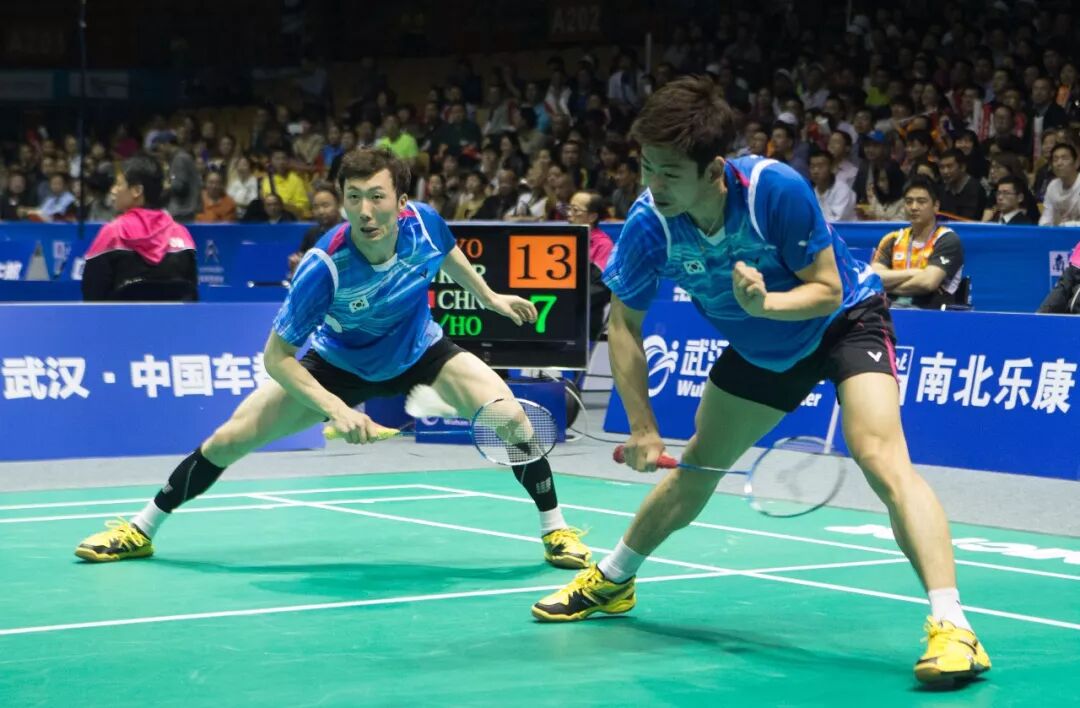

(It's better to leave some space in front.)
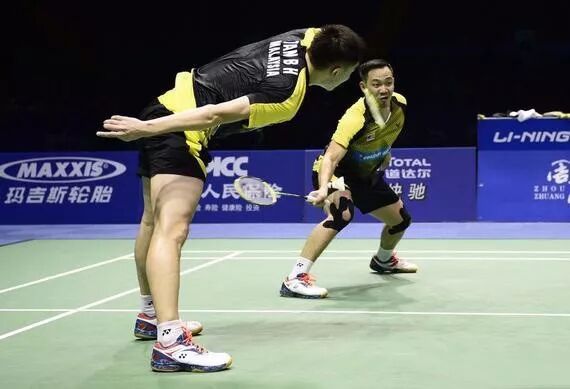
(Chen Wenhong returns a forehand cross-court shot with a backhand.)
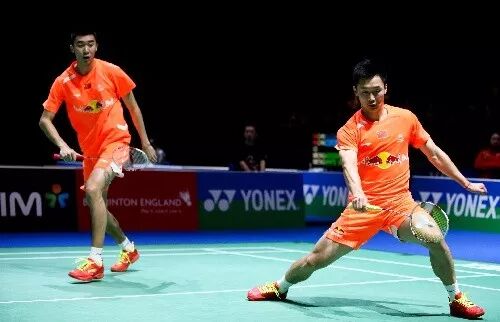
(Backhand shot from the sideline)
A forehand drop shot to the backcourt—this shot combines elements of both the forehand lob and the forehand clear, executed with a forehand grip while engaging the power from your wrist and forearm to strike the ball.
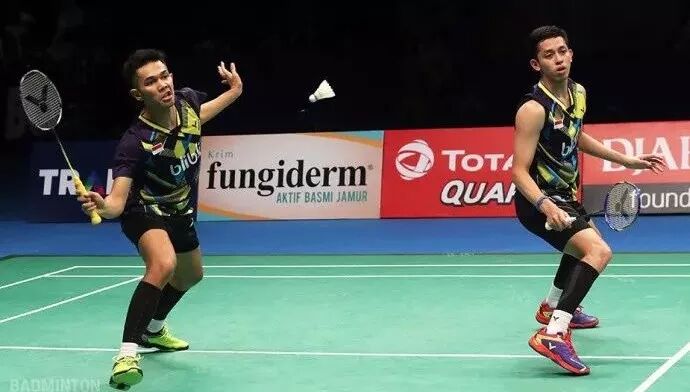
A forehand return typically targets shots hit to the forehand side, away from the player's body. Since these returns rely on the hand holding the racket as a fulcrum for generating power, the force delivered during impact is relatively low. Therefore, at this moment, you need to add a whipping motion to generate enough power and send the ball deep into the opponent's backcourt.
When the opponent’s smash is sharp (posing a significant threat), during the return of serve, use a lifting swing motion combined with an upward flick to send the shuttlecock deep into the backcourt.
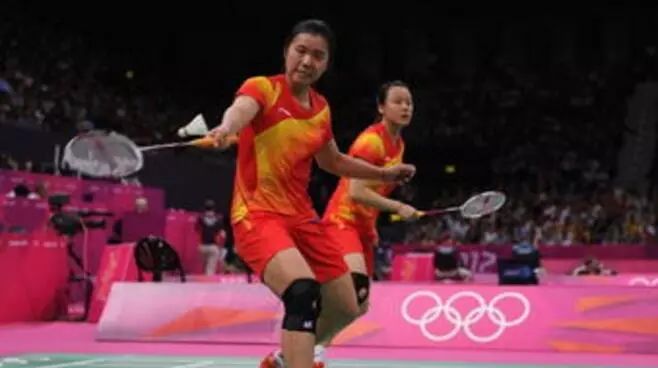
When the opponent’s smash is relatively normal (with low smashes posing little threat), you can use a forehand flat drive to push the shuttlecock deep into the backcourt. At this point, your return will typically land in an open, flat area at the back of the court.
When hitting a shot, make a large backswing to allow for a longer acceleration distance during the swing. Focus on engaging your forearm while simultaneously using your wrist to generate power—and don’t forget to control the direction of your swing. Some players worry that a bigger motion might slow down their follow-through, but that’s true. However, as long as you can send the ball deep into the backcourt, you’ll still have ample time to prepare for your next shot.

The training method can involve using half of the court, with one player hitting smashes while the other receives them. The sparring partner delivers the smashes, and the main player responds by returning the smashes with a forehand drive shot to the backcourt. The sparring partner only needs to generate 60–80% of their usual power when smashing, aiming to land the shots consistently in the opponent’s far-back, forehand area. Additionally, ensure that the driven returns aren’t too flat—pay close attention to maintaining an optimal arc on each return—to keep the practice flowing smoothly and continuously.
In practice, the trajectory and arc of your shots in the backcourt must be precise—otherwise, you're likely to get easily intercepted. That's why it's important to practice frequently.
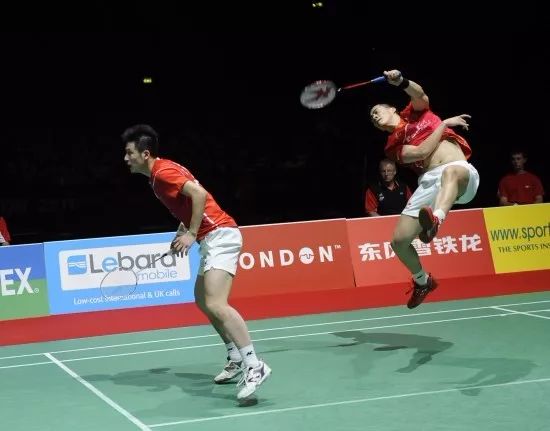
Once you've mastered the ability to effectively handle topspin shots at the back of the court, you’ll no longer fear your opponent’s attacks—you’ll gain both the skill and the confidence to confidently counter their moves.

